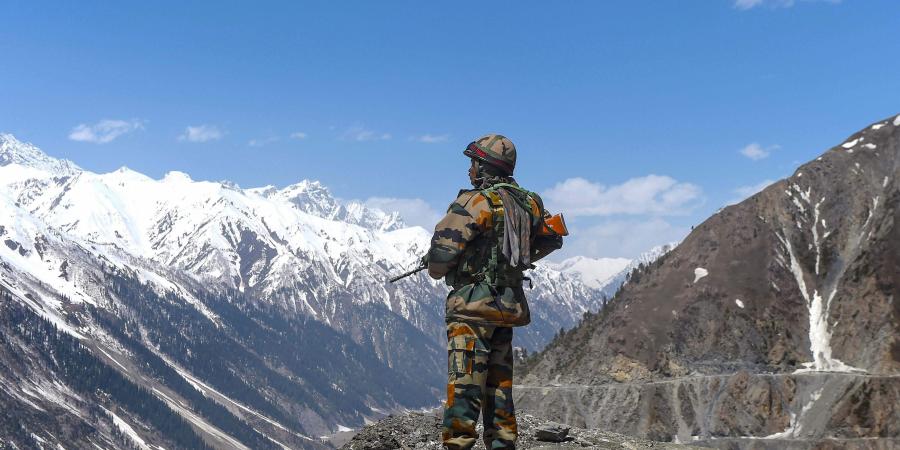In a major escalation of tensions along the contested Line of Actual Control (LAC), Indian and Chinese soldiers fired bursts of bullets into the air last week on the northern bank of Pangong Tso when the Indian Army took control of key heights overlooking the People’s Liberation Army’s deployments on the Finger 4 ridgeline, officials familiar with the developments said on Wednesday.
This was the third incident of bullets being fired at the LAC since August 29-30 – the current border confrontation with China has seen bullets flying at the LAC for the first time in 45 years.
The firing incident took place at heights where Fingers 3 and 4 merge into the Sirijap range overlooking the Pangong Lake in eastern Ladakh, the officials said requesting anonymity. The lake’s northern and southern banks are at the heart of the current border standoff between India and China, and among the four friction areas where both armies are holding forward positions.
Indian and Chinese soldiers are barely a few hundred metres at friction points on both sides of the lake.
Shots were fired on the lake’s southern bank too – the Indian Army last week said that Chinese troops fired their weapons into the air on September 7 to intimidate its soldiers holding dominating heights at Mukhpari peak near Rezang La on the southern bank during a failed attempt to close in on a forward position controlled by India.
Defence minister Rajnath Singh told Parliament on Tuesday that China has engaged in massive mobilisation of troops at the LAC, aggressive behaviour, and sought to unilaterally change the status quo — all in contravention of existing border agreements and pacts between the two countries.
In the face of this, he said, India’s armed forces have shown both restraint when needed and courage when required, and will defend Indian sovereignty and territorial integrity in any situation. There was no mention of the firing incidents in the minister’s statement.
He said the current friction areas in eastern Ladakh included Gogra, Kongka La and the northern and southern banks of Pangong Tso.
Before the PLA grabbed positions on Finger 4, the army would patrol right up to Finger 8 that New Delhi considers within Indian territory. The new positions held by the PLA have curtailed the scope of Indian patrols. Fingers 4 and 8 are eight km apart. The Indian claim line in this sector extends to Finger 8, while the Chinese claim is up to Finger 4.
India is making vigorous attempts to provide logistics support to its soldiers deployed in the eastern Ladakh theatre where more than 50,000 Indian troops are likely to remain stationed through the winter months to deal any provocation by the Chinese forces, as reported by Hindustan Times on Wednesday.
China has deployed sizable military assets in the eastern Ladakh theatre including 50,000 troops, 150 aircraft, tanks, heavy artillery, missiles and air defence systems, with India matching every military move made by the neighbour.
The Indian Army controls ridgeline positions on the southern bank of Pangong Tso that allow it to completely dominate the sector and keep an eye on Chinese military activity, with the most significant heights being held by India on Rezang La and Reqin pass where the PLA is making desperate attempts to regain lost ground.
In Lok Sabha, Singh suggested on Tuesday that in the past too, there have been long standoffs which were peacefully resolved, but acknowledged that the scale of troop mobilisation and number of friction points made the current situation different. “We are ready to face any situation,” he said.
Singh said that India, in its communication with China, had clearly laid out three principles — the need to respect the LAC and adhere to it strictly; the need to not change the status quo; and the need to respect all pacts and agreements. But on August 29 and 30, even as discussions were underway, Singh said that the PLA tried to unilaterally change the status quo on the southern bank of Pangong Tso, but “timely action” by Indian armed forces repelled the design.




